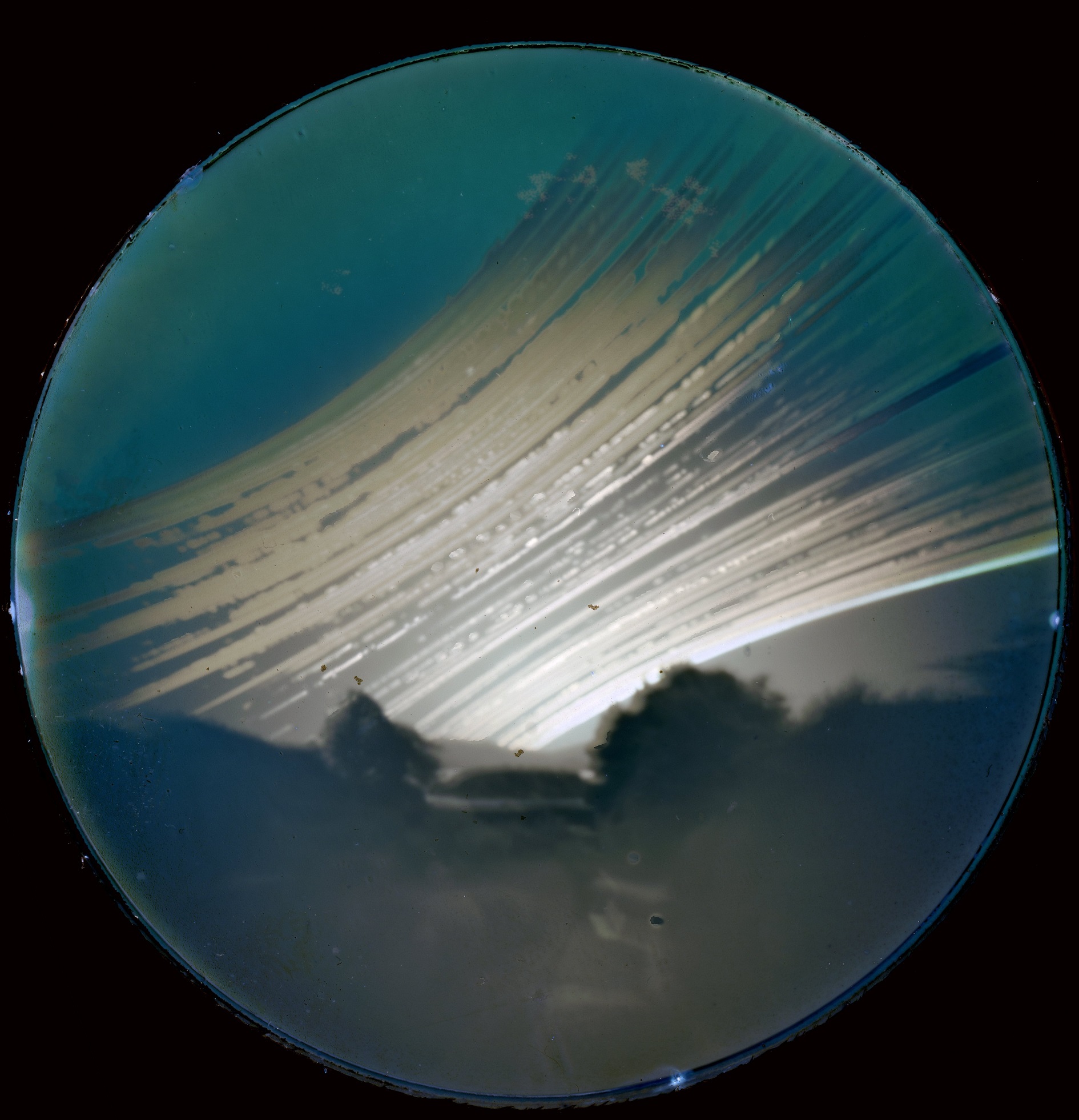

Solargraphy operates on a simple principle: a camera, usually a lightproof can or a wooden box, is pierced by a tiny pinhole on one side. This pinhole allows sunlight to enter and create an exposure on a light-sensitive medium, such as photographic paper or film, placed on the opposite side. The result? Stunning, ethereal images are etched on to the medium, showcasing the Sun’s trajectory across the sky.
What makes solargraphy extraordinary is its ability to capture the Sun’s journey over an extended period, sometimes for weeks (or, in my case, six months).
As the days unfold, the Sun’s daily path leaves a trace, mapping its arc from east to west. These ephemeral lines intertwine, creating a mesmerising pattern that reveals the intricate dynamics of our planet’s orbital motion and rotation. It’s as if the Sun paints a celestial masterpiece, each stroke telling a unique story.
I have to confess to being a bit of a solargraph addict over the past few years, and my latest images came from cameras set up in my office, my conservatory and on my deck.
While the solstice is in the past, this week marks another significant moment for our planet. At 8.06am on Friday, July 7, Earth reaches aphelion; the name astronomers give to the furthest point from the Sun in its elliptical orbit around our parent star.
At aphelion, Earth is about 152 million kilometres away from the Sun. This distance is about 5 million kilometres farther than at perihelion when Earth is closest to the Sun, which this year occurred on January 5.
So, as July rolls around, please take a moment to appreciate Earth’s motion and the vast distances traversed by our planet during its journey around the Sun.












